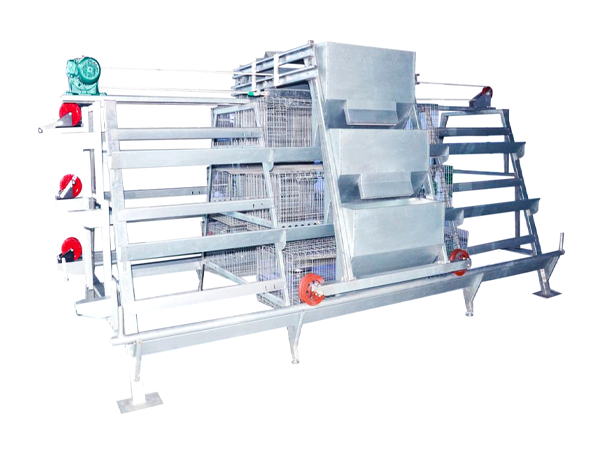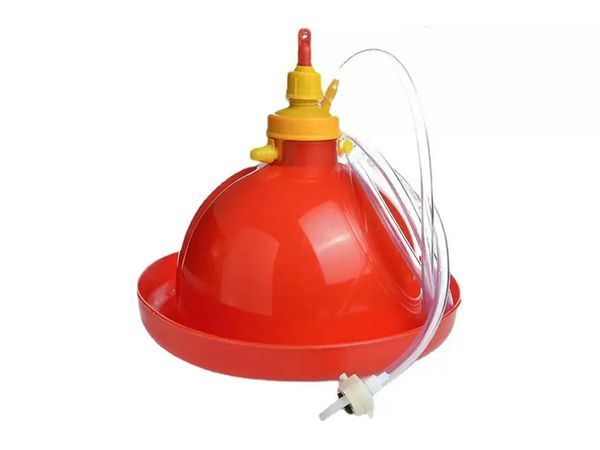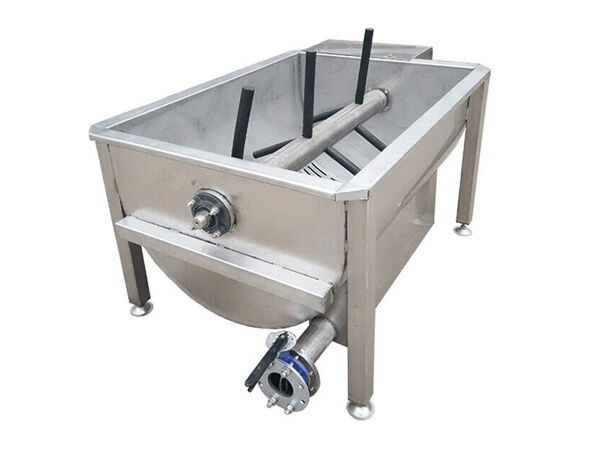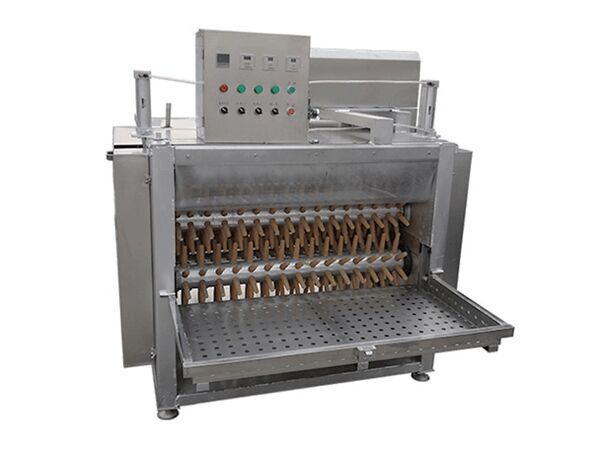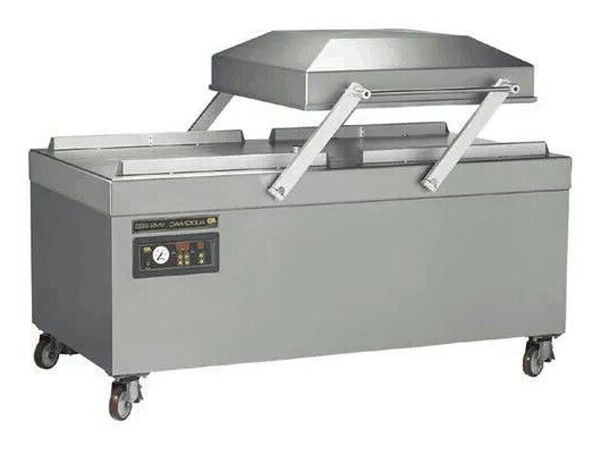
Basic information
How to clean farm fresh eggs is a highly controversial, the question of whether to wash egg, the process of solving whether with cold water or warm water? Whether to add soap in washing or not? All of these questions have raise doubtful thought on the specific method to adopt in cleaning a laid egg
This article will enlighten all the readers of how poultry newly lay eggs should be cleaned. Washing an egg removes some or all of the bloom (depending on which washing method you use). That is where the debate comes in. Some people only dry clean their eggs paper towel, dry cloth, sandpaper, or even the good ‘ole fingernail. Others feel that they should clean their eggs with a damp cloth or paper towel
Interestingly, the United States is one of the only countries in the world that requires the washing of commercially produced eggs, and has spent vast resources in developing methods for how to wash fresh eggs. The vast majority of our European counterparts legally restrict commercially produced eggs from being washed

Method adopted
Use warm water
Warm water can cause the contents of the egg to expand against the shell, helping to prevent bacteria to enter through the shell. No need to use harsh soap, bleach, or vinegar warm was sufficient. Cold water can cause the contents of the egg to shrink, creating a vacuum that can pull bacteria into the egg through the porous shell. It is recommended to not saturate or soak eggs in water, if they are that soiled, it may be best to trash it
Purpose
One of the best things about raising our own chickens is knowing what they are eating and therefore knowing what goes into the eggs that they lay. As chicken keepers, it is ultimately a personal decision for each of us as to how we clean our eggs. Why we need to know how to wash fresh eggs. It comes from a deeply rooted cultural mind set that “cleanliness is next to Godliness.” Perhaps our national intolerance of dirtiness is simply subliminal conditioning
We are bombarded with endless advertising telling us that we are on the frontline of the war against bacteria that can only be battled armed with a vast variety of anti bacterial products that just happen to be for sale. Our collective aversion for any and all things perceived to be “dirty,” has actually put us significantly more at risk to bacteria in at least one area eggs
The biggest health risk associated with eggs is being exposed to salmonella bacteria. Most types of salmonella grow in the intestinal tracts of animals and are passed through their faeces. Most humans become infected with Salmonella after eating foods that are directly or indirectly contaminated with animal faeces
With chicken eggs, the eggshell is exposed to Salmonella usually after the egg has been laid as a result of poor animal management practices (i.e. the bird is living in a faeces infested condition) and not necessarily from backyard chickens
Composition of poultry egg
Eggshells are almost entirely composed of tiny calcium carbonate crystals. Though an eggshell appears solid to the naked eye, it has as many as 8,000 microscopic pores between the crystals forming the shell. These tiny pores allow for the transfer of moisture, gases, and bacteria (e.g. Salmonella) between the inner and outer eggshell
Nature has provided an efficient and effective defence against contamination through the pores in an eggshell. Just prior to laying an egg, a hen’s body deposits a protein-like mucous coating on the outside of an egg. This protective coating is called the “bloom” or “cuticle.” This protective coating seals the pores of the eggshell, thereby prohibiting the transfer of bacteria from the exterior to the interior of the egg
Determining egg quality
Some significant egg qualities are egg size, egg shape, shell colour, shell condition, Eggshell thickness and strength, albumen quality, yolk quality, air cell quality, etc. For evaluation of these quality parameters, the requirements are as follows
1. Egg weighing balance (for egg size)
2. Vernier Calliper (for egg shape)
3. Egg Candler which is wax or electric (for shell soundness; air cell, albumen and yolk qualities)
4. Screw gauge (for shell strength)
5. Scale expressed in cm and mm (for the depth of air cell)
6. Glass containers (for egg contents, etc)
7. Special types of Brine solutions of known specific gravity ranging from 1.062 to 1.09.0 (for specific gravity of egg
We are always happy to support our customers and partners with technical questions, products you may want to learn more, click the name to visit
1. Automatic battery cage for pullet, brooder, layer, chicken parents and broiler
2. Chicken feed mill, manure drying machine and egg collection
3. Deep litter plasson drinker, feeder and broiler slaughtering equipment
4. Other poultry farm equipment...
Bookmark our website and contact us now to making enquiry, visiting to our office and factory and checking the sample...
Our services
1. We enlighten customers on necessary information that will help them
2. We deliver goods directly to customer’s location within 24 hours
3. We give accurate guide to poultry beginners
4. We enlighten our customers on how to maintain our products for long lasting use
5. Our company have installer team that install our cages and equipment
6. We have engineers that help our customers to build suitable poultry house
Frequently ask questions
Q: Which method of rearing layers is the best
A: Without any doubt, battery cages remain the best method of rearing layer birds.
Q: Where can I get battery cages in Nigeria
A: Vanke Machinery and Equipment is the number one supplier of battery cage in Nigeria and its environment
Q: What is the reason for raising layers on cage
A: It increases birds’ productivity
Message
Products recommended
 Nigeria-China factory supplying poultry farm equipment and poultry battery cageVanke Machinery & Equipment Nig Ltd was found in 2016.
Nigeria-China factory supplying poultry farm equipment and poultry battery cageVanke Machinery & Equipment Nig Ltd was found in 2016.
1.Products for European design and quality standards, local factory production, 20% discount price to get quality products by combine with our Chinese branch.
2. Provide farm turnkey engineering solutions, quotation, production, installation and long-term maintenance of intelligent farm management systems, poultry equipment and automatic battery cages.
3. Address: After Sinoma Office, 200 Meters Near Danco Filling Station, Lagos/Ibadan Expressway, Lagos State, Nigeria.
4. 24 online Whatsapp NO. : +2348111199996, +8618830120193Read moreGetting price
 Type 1 breeder battery cage (500 to 30,000 birds)The rearing quantity can be increased about 1.5 to 3 times comparing with floor deep litter raising system and be about 1.5 to 4 times less than type 2 in same houseRead moreGetting price
Type 1 breeder battery cage (500 to 30,000 birds)The rearing quantity can be increased about 1.5 to 3 times comparing with floor deep litter raising system and be about 1.5 to 4 times less than type 2 in same houseRead moreGetting price
 Type 2 breeder battery cage (10,000 to 50,000+ birds)The rearing quantity can be increased about 3 to 8 times times comparing with floor deep litter raising system and about 1.5 to 4 times comparing with type 1 in same house and day old egg laying chicken are moved to layer battery cage after growing up to 84 daysRead moreGetting price
Type 2 breeder battery cage (10,000 to 50,000+ birds)The rearing quantity can be increased about 3 to 8 times times comparing with floor deep litter raising system and about 1.5 to 4 times comparing with type 1 in same house and day old egg laying chicken are moved to layer battery cage after growing up to 84 daysRead moreGetting price
 Type 1 layer battery cage (500 to 30,000 birds)Chicken drop manure to the manure belt under the last tier of layer cage bottom mesh
Type 1 layer battery cage (500 to 30,000 birds)Chicken drop manure to the manure belt under the last tier of layer cage bottom mesh
The belt transfer manure to terminal lateral conveyor belt with scraper in the end of every row of layer cages inside of chicken houseRead moreGetting price
 Type 2 layer battery cage (10,000 to 50,000+ birds)It is combined with egg collection belts Italian technology and terminal egg conveyor lifting system and egg conveyor system
Type 2 layer battery cage (10,000 to 50,000+ birds)It is combined with egg collection belts Italian technology and terminal egg conveyor lifting system and egg conveyor system
Chicken drop eggs to bottom layer cage mesh and egg rolls to egg beltRead moreGetting price
 Type 3 layer battery cage (50,000 to 100,000+ birds)The layer cage mesh is made of zinc aluminum alloy or hot galvanized wire
Type 3 layer battery cage (50,000 to 100,000+ birds)The layer cage mesh is made of zinc aluminum alloy or hot galvanized wire
Which has a smooth surface to protect the chicken feet without hurtRead moreGetting price
 Type 1 broiler battery cage (500 to 30,000 birds)It is fully automatic with automatic drinking and feeding and manure removal system
Type 1 broiler battery cage (500 to 30,000 birds)It is fully automatic with automatic drinking and feeding and manure removal system
Broiler cage system is with automatic drinking systemRead moreGetting price
 Type 2 broiler battery cage (30,000+ birds)The feeding system can meet the needs of different ages
Type 2 broiler battery cage (30,000+ birds)The feeding system can meet the needs of different ages
When the chicken cages transferred into the chicken cage and the feed pan will be opened on the floor in 360 degree overflow device that the chickens can eat easilyRead moreGetting price
 Bell plasson drinkerOur service are from design schemes of turnkey poultry farm project and product introduction and offer quotation and delivery and installation instruction and equipment maintenance to farm instruction and so onRead moreGetting price
Bell plasson drinkerOur service are from design schemes of turnkey poultry farm project and product introduction and offer quotation and delivery and installation instruction and equipment maintenance to farm instruction and so onRead moreGetting price
 Feeding trolleyFeed are evenly to add chicken cage feeding trough from the feed pipe by sucking feed from hopper with motorRead moreGetting price
Feeding trolleyFeed are evenly to add chicken cage feeding trough from the feed pipe by sucking feed from hopper with motorRead moreGetting price
 Common feed millFeed mill is professional in producing fodder for chicken and ducks and rabbits and pigs and cows and so on
Common feed millFeed mill is professional in producing fodder for chicken and ducks and rabbits and pigs and cows and so on
The material is grain and corn and soybean and so onRead moreGetting price
 Ground feeder and drinkerIt is to rearing 1 day to 84 days old close adult egg laying chicken and day old egg laying chicken are moved to layer battery cage after growing up to 84 daysRead moreGetting price
Ground feeder and drinkerIt is to rearing 1 day to 84 days old close adult egg laying chicken and day old egg laying chicken are moved to layer battery cage after growing up to 84 daysRead moreGetting price
 Feed pellet machineFeed pellet machine are also named feed pelletizer and chicken feed machine and animal feed pellet machine and animal feed hammer mill and animal feed puffed pellet machine and chicken feed making machineRead moreGetting price
Feed pellet machineFeed pellet machine are also named feed pelletizer and chicken feed machine and animal feed pellet machine and animal feed hammer mill and animal feed puffed pellet machine and chicken feed making machineRead moreGetting price
 Egg incubator machineOur service are from design schemes of turnkey poultry farm project and product introduction and offer quotation and delivery and installation instruction and equipment maintenance to farm instruction and so onRead moreGetting price
Egg incubator machineOur service are from design schemes of turnkey poultry farm project and product introduction and offer quotation and delivery and installation instruction and equipment maintenance to farm instruction and so onRead moreGetting price
 Scraper manure removal systemThe manure scraper will go from the beginning of the hollow to the end
Scraper manure removal systemThe manure scraper will go from the beginning of the hollow to the end
One set is working for 2 rows or 3 rows of chicken cageRead moreGetting price
 Manure drying machineOur service are from design schemes of turnkey poultry farm project and product introduction and offer quotation and delivery and installation instruction and equipment maintenance and to farm instruction and so onRead moreGetting price
Manure drying machineOur service are from design schemes of turnkey poultry farm project and product introduction and offer quotation and delivery and installation instruction and equipment maintenance and to farm instruction and so onRead moreGetting price
 Scalding machineOur service are from design schemes of turnkey poultry farm project and product introduction and offer quotation and delivery and installation instruction and equipment maintenance to farm instruction and so onRead moreGetting price
Scalding machineOur service are from design schemes of turnkey poultry farm project and product introduction and offer quotation and delivery and installation instruction and equipment maintenance to farm instruction and so onRead moreGetting price
 Common defeather machineOur service are from design schemes of turnkey poultry farm project and product introduction and offer quotation and delivery and installation instruction and equipment maintenance to farm instruction and so onRead moreGetting price
Common defeather machineOur service are from design schemes of turnkey poultry farm project and product introduction and offer quotation and delivery and installation instruction and equipment maintenance to farm instruction and so onRead moreGetting price
 Vacuum packing machineOur service are from design schemes of turnkey poultry farm project and product introduction and offer quotation and delivery and installation instruction and equipment maintenance to farm instruction and so onRead moreGetting price
Vacuum packing machineOur service are from design schemes of turnkey poultry farm project and product introduction and offer quotation and delivery and installation instruction and equipment maintenance to farm instruction and so onRead moreGetting price
 Ventilation control systemThe fans in front of the chicken house suck the fresh air and water in pads to the end of the chicken house
Ventilation control systemThe fans in front of the chicken house suck the fresh air and water in pads to the end of the chicken house
Sidewall windows are changing air and both air and water go through the whole chicken houseRead moreGetting price
Contact
By clicking 'Allow All', you agree to the storage of cookies on your device to enhance site navigation, analyze site usage and assist with our marketing efforts.







